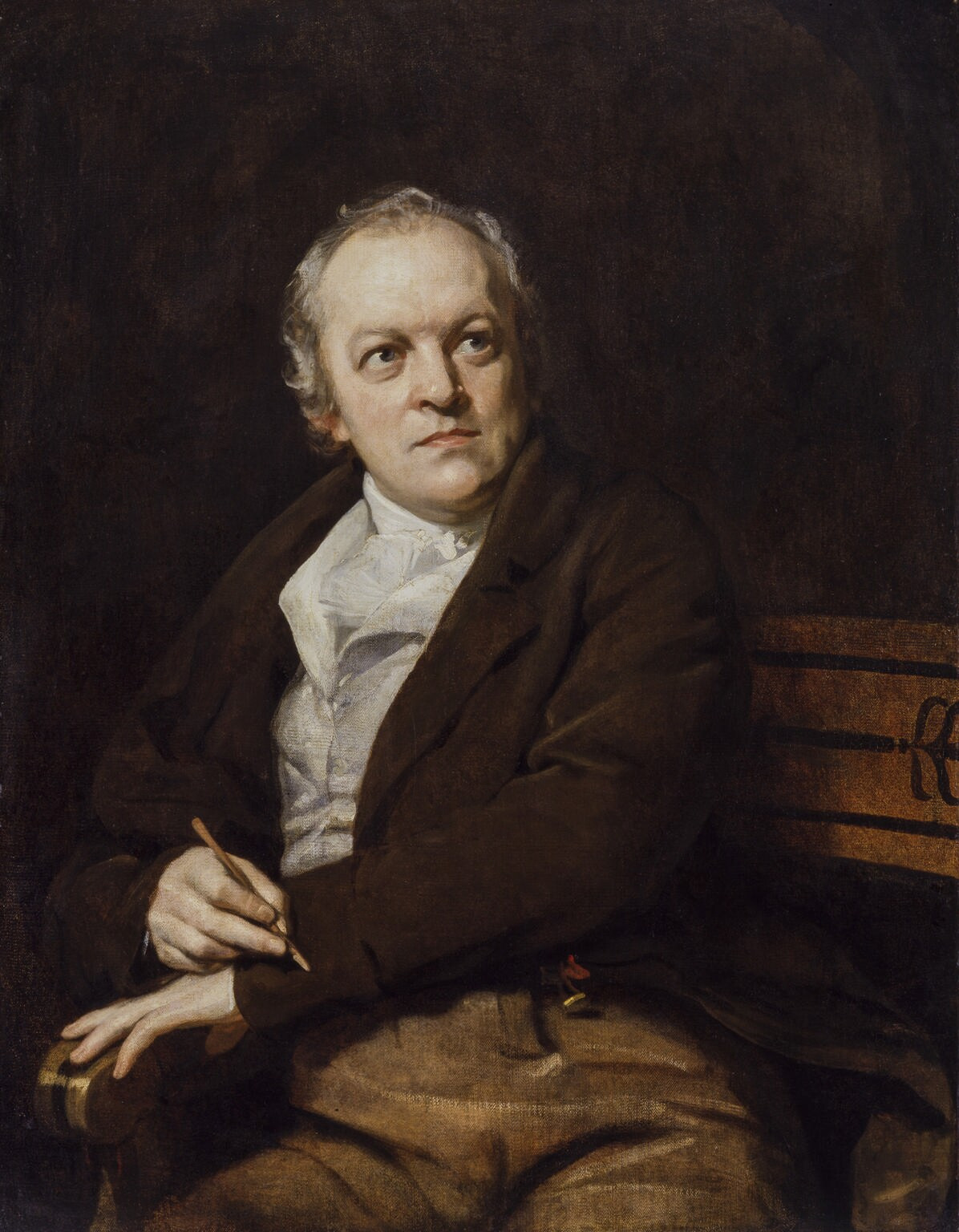
The Artist I have chosen to research is William Blake. Born on Nov. 28th, 1757 and died on Aug 12th, 1827 both in England. Not only was he a printmaker but also a poet.
Born in London, the bible was a huge influence on Blake from an early age and stayed just as crucial until he died. Even at a young age Blake was said to have seen deathly visions.
Blake's parents were very supportive of his talents, especially his mother. At the age of 15 he became an apprenctice for James Basire, who was an engraver. However, at the time, Basire's style was considered old fashioned for the time and Blake's apprenticeship there most likely hurt him later in life when trying to find work or recognition.
Later Blake went on to the Royal Academy where he came to detest the school's president Joshua Reynolds. Here Blake found his prefernce, in that of the Classical artists such as Michelangelo and Raphael.
In 1782 Blake met Catherine Boucher. Blake was coming off of a bad relationship and when Catherine told her parents his story he asked her, "Do you pity me?" when she said, "Yes." he proclaimed "Then I love you." They were wed that same year. Throughtout their lives Blake trained his wife in engraving and to read and write. She also helped him to print his illuminated works and as a general moral booster. However there were no little Blakes running around.
In 1784 William and his brother, Robert, opened a print shop and began working with radical publishers. Blake eventually became involved in the American and French Revolutions, though only in solidarity.
In 1788, at the age of thirty-one, Blake began to experiment with relief etching, which was the method used to produce most of his books of poems. The process is also referred to as illuminated printing, and final products as illuminated books or prints. Illuminated printing involved writing the text of the poems on copper plates with pens and brushes, using an acid-resistant medium. He then etched the plates in acid in order to dissolve away the untreated copper and leave the design standing. The pages printed from these plates then had to be hand-colored in water colors and stitched together to make up a volume. Blake used illuminated printing for four of his works: the
Songs of Innocence and Experience, The Book of Thel, The Marriage of Heaven and Hell, and
Jerusalem.
Even when nearing death Blake remained true to art. He worked non-stop on illustrations to Dante's Inferno. He even spent one of his very last shillings on a pencil to allow him to keep sketching. He was commissioned to do the illustrations by John Linnell but Blake's death cut short the endevour.
Thus the abridged version of William Blake's life. Thank you for reading.
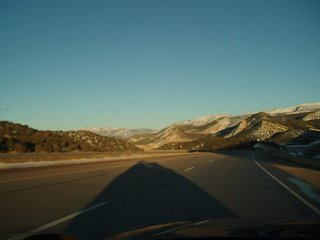
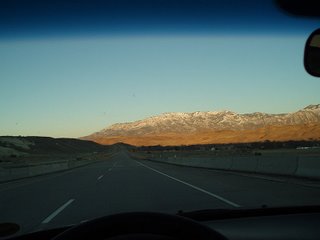
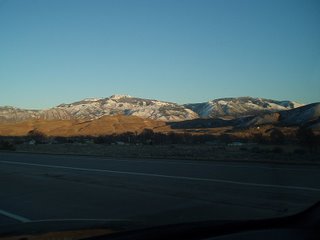

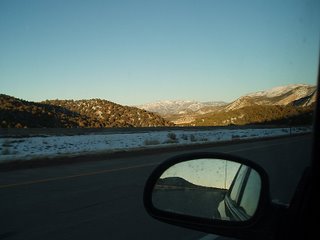
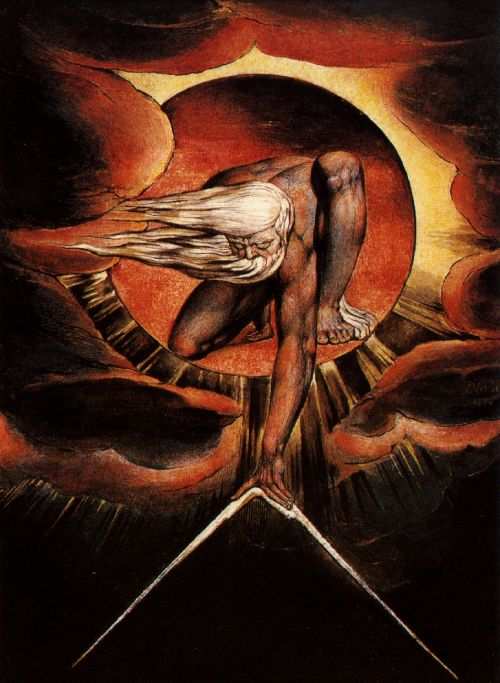

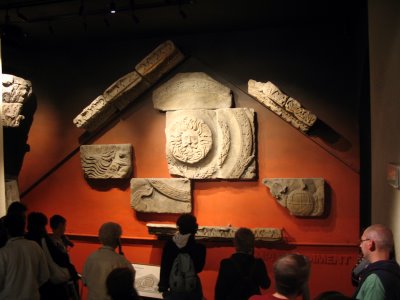 Today's art is from England and Paris. In England we went to the Salsbury Cathedral and Bathe. In Paris we went to the Louvre, Notre Dame and the Arc de Triomphe. Here are some photos of the works of art I saw at each place.
Today's art is from England and Paris. In England we went to the Salsbury Cathedral and Bathe. In Paris we went to the Louvre, Notre Dame and the Arc de Triomphe. Here are some photos of the works of art I saw at each place.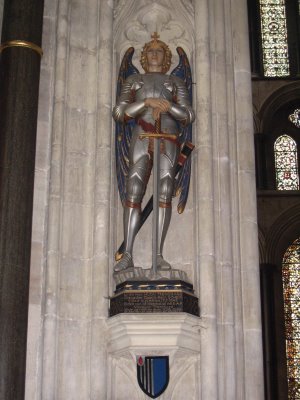 This was placed above a tomb in Salsbury Cathedral. I believe this to be religious instead of death and morbidity because the statue is of an angel. The epitaph reads, "His lot was with the dawn of life to die with the dawn of victory."
This was placed above a tomb in Salsbury Cathedral. I believe this to be religious instead of death and morbidity because the statue is of an angel. The epitaph reads, "His lot was with the dawn of life to die with the dawn of victory."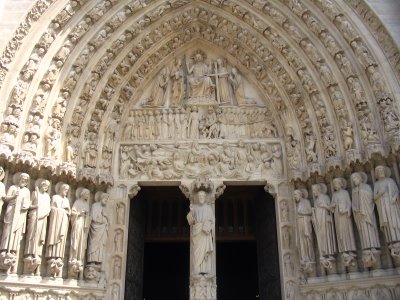 Here we see the entrance to Notre Dame. Very religious depictions carved all over the place here. This shows Jesus, his 12 apostles and then all the angels, saints and other names in Christianity.
Here we see the entrance to Notre Dame. Very religious depictions carved all over the place here. This shows Jesus, his 12 apostles and then all the angels, saints and other names in Christianity. 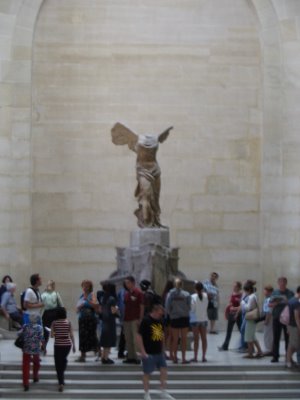
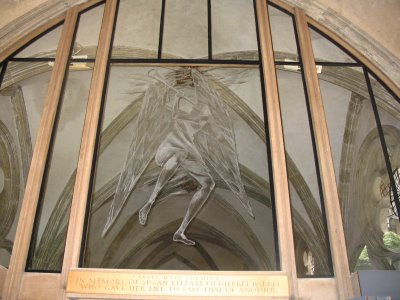 Here is a stain glass peice from Salsburry Cathedral in England. This was home to many tombs of noblemen and women. As one might be able to guess, there were many paintings, sculptures and other forms of art. Many by long forgotten artists.
Here is a stain glass peice from Salsburry Cathedral in England. This was home to many tombs of noblemen and women. As one might be able to guess, there were many paintings, sculptures and other forms of art. Many by long forgotten artists. 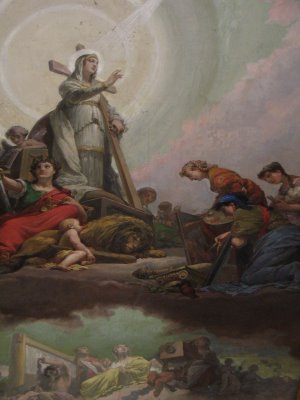
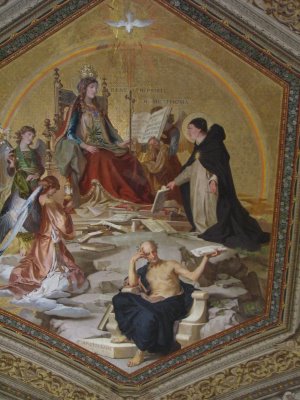
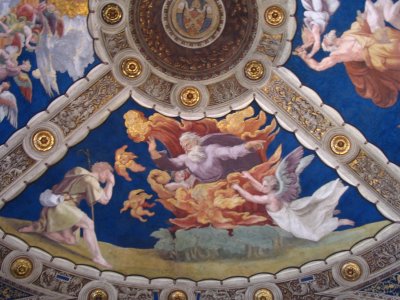
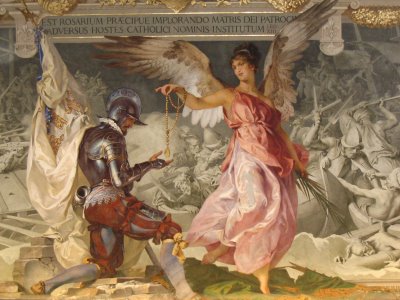 These last photos of paintings were taking in the building surrounding the Sistin Chapel known as the Vatican museum. Some were done by Michelangelo while others were done by other artists commissioned to enternilze some different scene described in the bible.
These last photos of paintings were taking in the building surrounding the Sistin Chapel known as the Vatican museum. Some were done by Michelangelo while others were done by other artists commissioned to enternilze some different scene described in the bible. 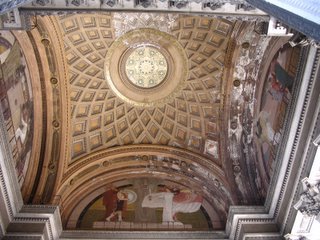 This picture was taken in the Roman Government building.
This picture was taken in the Roman Government building.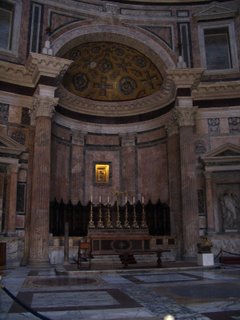 Here we see the Roman Pantheon. This was a religious temple for the Roman empire.
Here we see the Roman Pantheon. This was a religious temple for the Roman empire.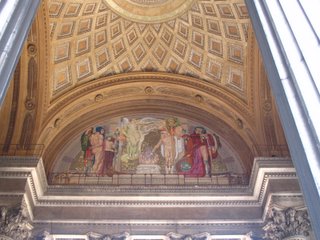 Another picture from the Roman Government building.
Another picture from the Roman Government building.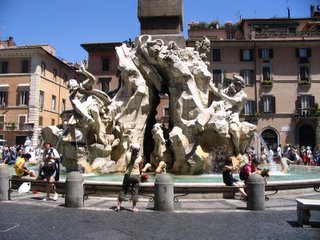 A fountain on one of Rome's main streets. If you have ever read Angels and Demons this fountain or one very similar to this was discussed. This fountain depicts some of Rome's gods.
A fountain on one of Rome's main streets. If you have ever read Angels and Demons this fountain or one very similar to this was discussed. This fountain depicts some of Rome's gods.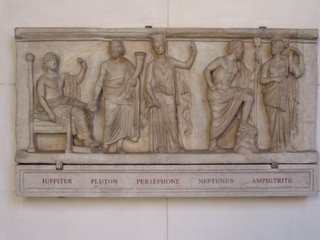 Here is a sculpture of Rome's High gods and goddess' before the coming of Catholicism. These names are similar to the Greeks High gods and goddess'
Here is a sculpture of Rome's High gods and goddess' before the coming of Catholicism. These names are similar to the Greeks High gods and goddess'